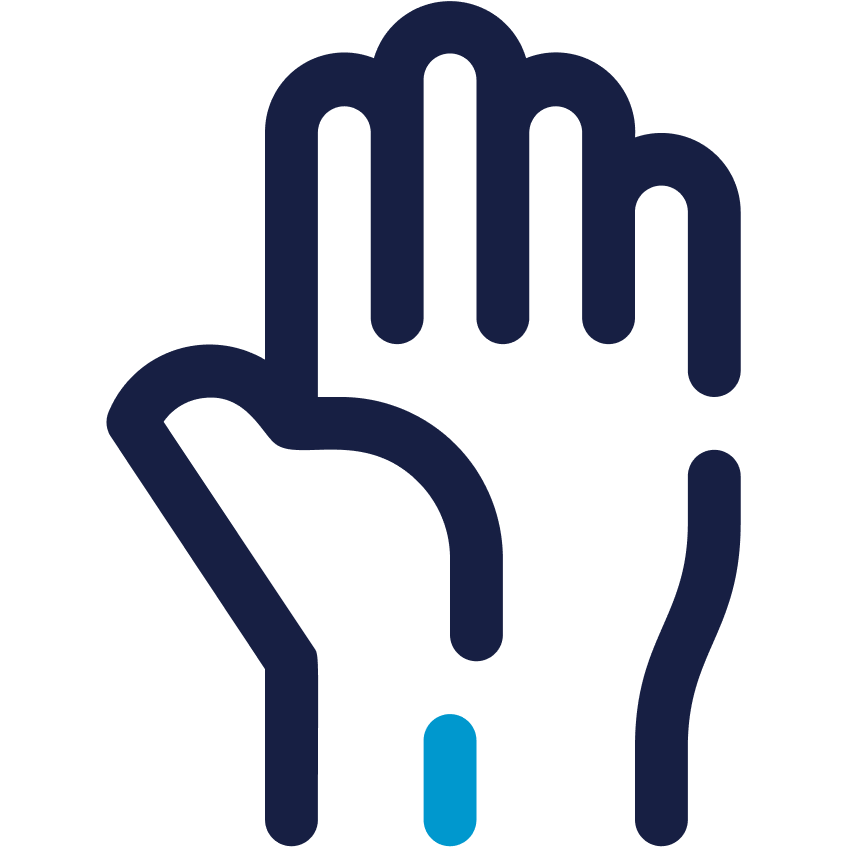
- Common Conditions
- /Hand

Dupuytren’s is not actually a disease, but rather it is a disorder. It is a benign (non-cancerous) proliferation of tissue in the hands that may cause a contracture. This contracture and proliferation starts in the palmar fascia. This tissue in Dupuytren's is made up of a disproportionate amount of type III collagen. Type III collagen is the collagen in wound healing and has contractile properties. The condition in inherited, occurring mostly in white people of northern European descent. It has been called the “Viking Disease” for this reason.
Dupuytren’s usually starts with a painless bump. Often, those affected notice a lump or a “pucker” of the skin in the palm. With time, these lumps may grow or proliferate causing a contracture. Dupuytren’s does not hurt unless one tries to stretch out a contracture. As contractures worsen, patients complain of the inability to place their hands in certain positions.
The most common patient with Dupuytren’s is a white male in the sixth decade of life. It can occur, however, as early as the third decade in women. There is a strong genetic basis for Dupuytren’s. Some people get Dupuytren’s at an early age. When presenting young, Dupuytren’s tends to be aggressive.
Many times, patients are told that they do not require surgery. A painless bump or a ‘cord’ does not need intervention if it does not cause a contracture. Indications for intervention are a contracture of the metacarpophalangeal joint (knuckle) of 40° or any contracture of the proximal interphalangeal joint (the first joint of the finger). Surgery or enzyme injection can treat the contracture. Nothing will "cure" a patient of Dupuytren’s. The decision for which type of treatment will be made depending on the level of the contracture and the severity of the contracture.


Additional Resources
https://asht.org/sites/asht/files/docs/2022/Dupuytren%20Disease%202022.pdf
https://www.assh.org/handcare/condition/dupuytrens-contracture
https://orthoinfo.aaos.org/en/diseases–conditions/dupuytrens-disease/

